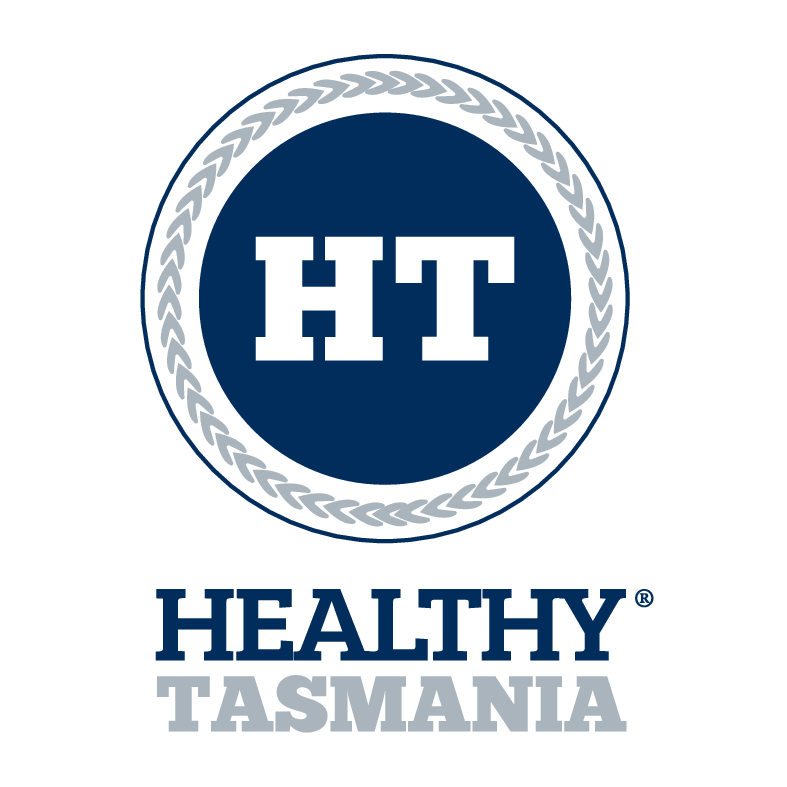Education is key to combating rise of diabetes in Tasmania
DECEMBER 1 2021 - 4:30AM
Diabetes is one of the top preventative diseases impacting Tasmanians, with health experts and advocacy groups stressing the importance of a healthy lifestyle to reduce the risk of developing type 2 diabetes.
Data from the National Diabetes Service Scheme shows over 1.2 million people across Australia have been diagnosed with type 2 diabetes, with 66,000 occurring in the last 12 months.
The data indicated over 180 people were being diagnosed with type 2 diabetes every day, while a quarter of those affected required insulin to manage the disease.
As a national health problem, Tasmania is not immune, with the NDSS diabetes map showing the North of the state falls into the high-risk category, and over six per cent of the population diagnosed with type 2 diabetes.
Australian Medical Association Tasmania spokeswoman Dr Annette Barratt said diabetes was a significant issue driven by unhealthy lifestyles, including poor diet and exercise.
"Unfortunately, we have a large population who do not eat properly and do not exercise properly," she said.
Dr Barratt said the best way to prevent the rise of the disease was through lifestyle changes and education programs that increased health literacy across the state.
"Programs that start in childhood, so that those good healthy patterns start in childhood, so people learn to eat well, exercise well and understand how to look after themselves from a very early age," she said.
Dr Barratt explained with low levels of literacy the state educational campaign needed to be developed and delivered in a way that was broadly accessible.
"We have problems in Tasmania with standard campaigns that work well elsewhere," she said.
"We have low health literacy, so whatever campaigns we do here to improve lifestyle have to be aimed at a population that has low literacy."
As a preventable illness, diabetes is a key focus for Launceston based NGO Healthy Tasmania, with managing director Lucy Byrne saying access to support and services was the key to reducing the rate of diabetes.
"The research is clear, we don't need to reinvent the wheel to understand how we can help prevent or manage diabetes," she said.
"What we need is to give people the type of support and information they need - to make it easy for them."
Ms Byrne said the challenge many organisations faced was around implementing programs that were accessible to communities that needed them.
She said rather than following the mantra of build it and they will come, Healthy Tasmania focused on providing services that could be delivered directly into communities in need.
Healthy Sheds is one of the dynamic programs Healthy Tasmania run through men's sheds across the North of the state.
"We take a whole cohort of health providers to the shed to make presentations to the people that come to those sheds, so it's in their space," she said.
"It's helping them make a connection to health providers, whether it be an exercise physiologist or dietitian, somebody talking about the National Disability Insurance Scheme or the local pharmacist, we're actually bringing them to the shed."
Ms Byrne said funding for the program was provided by the Tasmanian government, but said preventative funding from all levels of government was required to enact meaningful change.
"Preventative health is seen as the nice to have, not have to have funding," she said.
"Making sure that health promotion and preventative health is prioritised as much as funding for acute health services is important.
"Traditionally acute health is serviced by both private and public, but in health promotion, so often private providers are excluded from helping."
Dr Barratt said as a mostly preventative illness, type 2 diabetes placed a significant amount of pressure on the state's health system that could otherwise be avoided.
"The impact is huge, diabetes itself takes up a lot of general practice time," she said.
"The consequences of poorly managed diabetes leads to heart disease, leads to renal kidney failure and it leads to things like amputations, so the impacts on the health sector are huge and totally preventable.
Click through here to read the original story published in The Examiner Newspaper


